The article “Decoding Implied Volatility in American Call Options” was originally posted on PyQuant News.
The author of this article is not affiliated with Interactive Brokers. This software is in no way affiliated, endorsed, or approved by Interactive Brokers or any of its affiliates. It comes with absolutely no warranty and should not be used in actual trading unless the user can read and understand the source. The IBKR API team does not support this software.
In the realm of finance, derivative instruments can often be confusing, even for seasoned investors. Among these, options trading is particularly challenging, requiring both mathematical precision and a keen market sense. Options are contracts that grant holders the right, but not the obligation, to buy or sell an underlying asset at a predetermined price. While European options offer a relatively straightforward landscape, American call options bring additional complexity due to their early exercise feature. Computing implied volatility (IV) for American call options demands both expertise and the right analytical tools.
Understanding Implied Volatility
Implied Volatility (IV) is a critical metric in options trading, reflecting the market’s expectations of a stock’s future volatility. Unlike historical volatility, which looks at past price movements, IV is forward-looking. It’s embedded in the option’s price and is typically extracted using models like the Black-Scholes for European options. However, American call options, which can be exercised at any time, require more advanced approaches.
Why Implied Volatility Matters
Implied volatility is significant for several reasons:
- Pricing Insight: IV helps traders determine whether options are overpriced or underpriced.
- Risk Management: It provides a measure of the risk associated with holding an option.
- Strategic Planning: Traders use IV to develop strategies and anticipate market movements.
The Challenge of American Call Options
The ability to exercise American call options at any time before expiration adds complexity to their valuation. This flexibility impacts the option’s premium, necessitating advanced models to accurately compute implied volatility.
Methods to Compute Implied Volatility for American Call Options
1. Binomial Tree Model
The binomial tree model divides the time to expiration into discrete intervals, simulating possible price movements at each step.
Steps:
- Tree Construction: Build a tree where each node represents a potential price of the underlying asset.
- Option Valuation: Calculate the option’s value at each node, considering the possibility of early exercise.
- Back-Calculation: Determine the implied volatility by adjusting the initial volatility estimate until the model price matches the market price.
Pros and Cons:
- Pros: Flexibility in handling early exercise; intuitive visual representation.
- Cons: Computationally intensive; may be less accurate for long-dated options.
2. Finite Difference Methods
Finite difference methods solve the partial differential equations (PDEs) governing option prices. These methods include explicit, implicit, and Crank-Nicolson schemes.
Steps:
- Discretize the PDE: Break down the option pricing PDE into a grid of time and price intervals.
- Solve the Grid: Use numerical techniques to solve for option prices at each grid point.
- Iterate for IV: Adjust the volatility estimate iteratively until the model price aligns with the market price.
Pros and Cons:
- Pros: High accuracy; suitable for complex options.
- Cons: Requires specialized knowledge; computationally demanding.
3. Monte Carlo Simulation
Monte Carlo simulations model price paths of the underlying asset through random sampling.
Steps:
- Simulate Price Paths: Generate numerous potential future price paths for the underlying asset.
- Option Valuation: Calculate the option’s payoff for each path, considering early exercise.
- Estimate IV: Adjust the volatility estimate iteratively until the average model price matches the market price.
Pros and Cons:
- Pros: Highly flexible; can handle various complexities.
- Cons: Time-consuming; requires substantial computational resources.
Practical Example: Binomial Tree Model
Consider an American call option on a stock currently priced at $100, with a strike price of $105, and 6 months to expiration. Assume a risk-free rate of 2% and no dividends.
Steps:
- Tree Construction:
- Time steps: Divide 6 months into 3 steps (2-month intervals).
- Calculate up and down factors (u and d) and probabilities §.
- Option Valuation:
- Calculate stock prices at each node.
- Determine option value at each node, considering early exercise.
- Back-Calculation:
- Iterate the volatility estimate until the model price equals the market price.
Tools and Software
1. Python Libraries
Python offers powerful libraries like NumPy, SciPy, and QuantLib, which facilitate complex calculations and simulations.
2. Excel Add-ins
Excel add-ins like the DerivaGem suite provide user-friendly interfaces for implementing binomial and finite difference methods.
3. Professional Platforms
Financial platforms like Bloomberg Terminal and Thomson Reuters Eikon offer built-in tools for options analysis, including IV computation.
4. Online Calculators
Web-based calculators, such as those provided by the Chicago Board Options Exchange (CBOE), offer quick IV estimates for American options.
Resources to Learn More
1. Books
- “Options, Futures, and Other Derivatives” by John C. Hull: Comprehensive insights into derivatives pricing and volatility.
- “Options Volatility Trading” by Adam Warner: Practical strategies for trading based on volatility.
2. Online Courses
- Coursera and edX: Courses on financial engineering and options trading, often taught by industry experts.
- Options Industry Council (OIC): Free webinars and tutorials on options trading and volatility.
3. Academic Papers
- “A Simple, Flexible, and Accurate Formula for Implied Volatility” by Espen Gaarder Haug and Alan White: Explores advanced IV computation methods.
- SSRN (Social Science Research Network): Access to the latest academic findings on options pricing and volatility modeling.
4. Professional Certifications
- Chartered Financial Analyst (CFA): Covers derivatives and risk management, including volatility modeling.
- Financial Risk Manager (FRM): Delves into advanced financial instruments and their valuation.
5. Forums and Communities
- Stack Exchange (Quantitative Finance): Discussions and knowledge sharing among practitioners and academics.
- Reddit’s r/options: Community of traders discussing strategies and insights.
Conclusion
Computing implied volatility for American call options is a complex task that blends mathematical modeling with market insight. Whether through binomial trees, finite difference methods, or Monte Carlo simulations, the goal is to decode market expectations and make informed trading decisions. As the financial landscape evolves, so do the tools and methodologies available, offering ever more precise ways to understand options trading. For those eager to learn, a wealth of resources is available to guide you through this challenging yet rewarding field.
Disclosure: Interactive Brokers Third Party
Information posted on IBKR Campus that is provided by third-parties does NOT constitute a recommendation that you should contract for the services of that third party. Third-party participants who contribute to IBKR Campus are independent of Interactive Brokers and Interactive Brokers does not make any representations or warranties concerning the services offered, their past or future performance, or the accuracy of the information provided by the third party. Past performance is no guarantee of future results.
This material is from PyQuant News and is being posted with its permission. The views expressed in this material are solely those of the author and/or PyQuant News and Interactive Brokers is not endorsing or recommending any investment or trading discussed in the material. This material is not and should not be construed as an offer to buy or sell any security. It should not be construed as research or investment advice or a recommendation to buy, sell or hold any security or commodity. This material does not and is not intended to take into account the particular financial conditions, investment objectives or requirements of individual customers. Before acting on this material, you should consider whether it is suitable for your particular circumstances and, as necessary, seek professional advice.
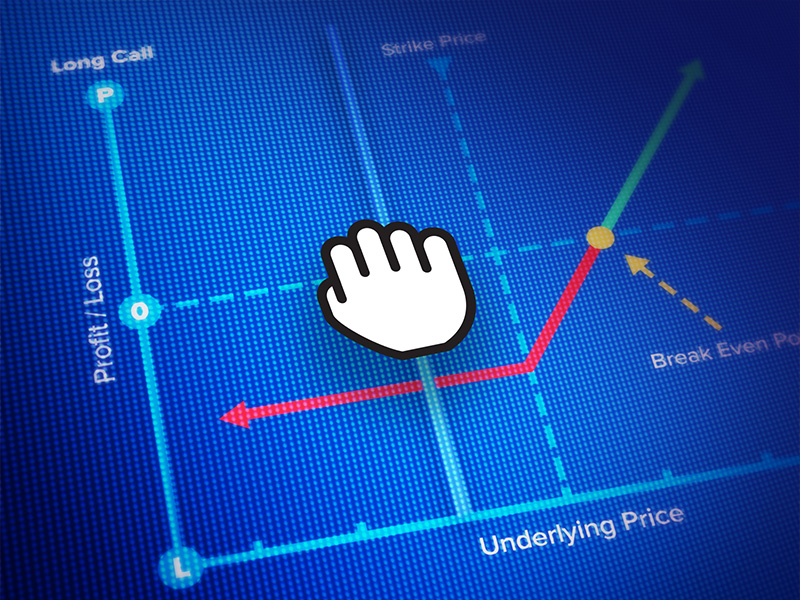


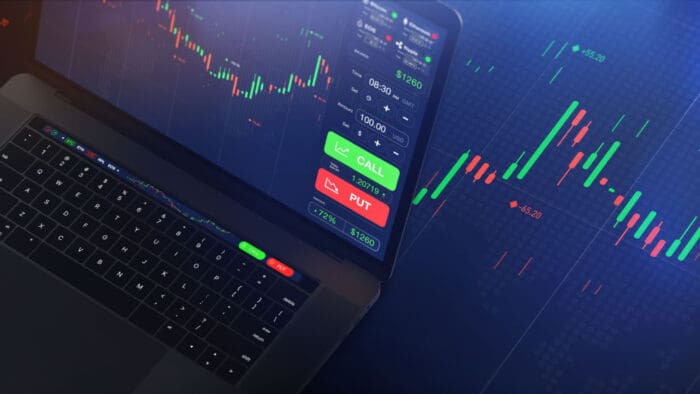




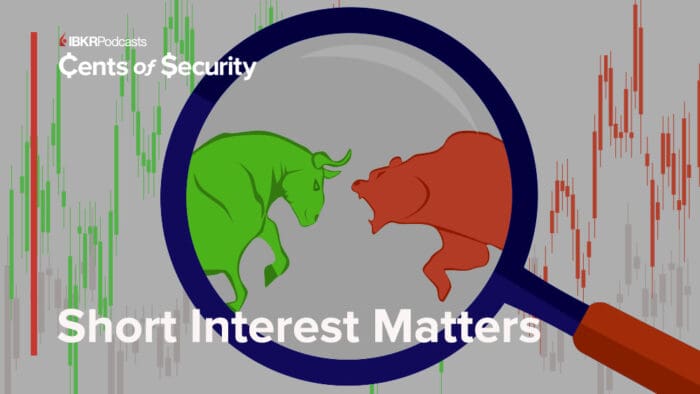
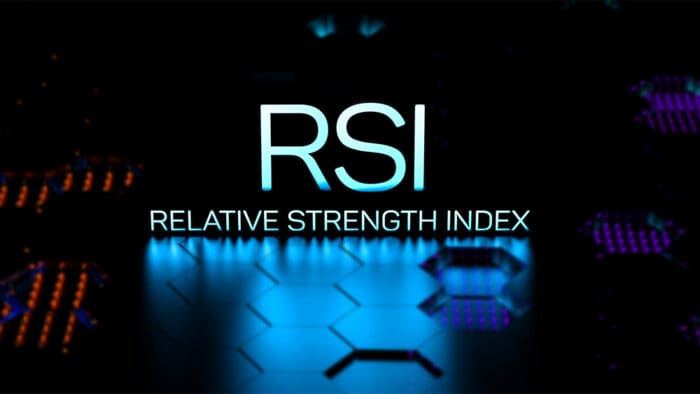
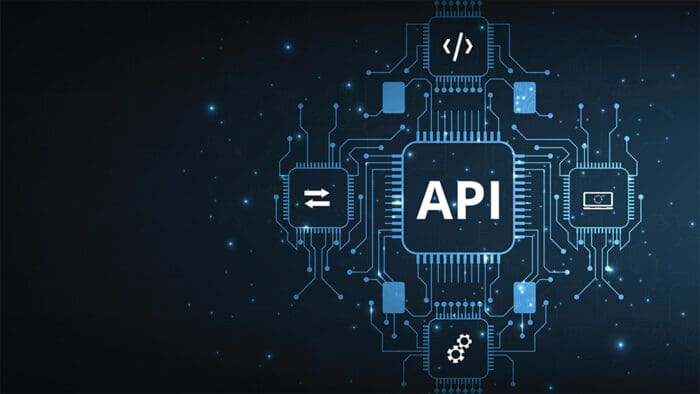



Join The Conversation
For specific platform feedback and suggestions, please submit it directly to our team using these instructions.
If you have an account-specific question or concern, please reach out to Client Services.
We encourage you to look through our FAQs before posting. Your question may already be covered!